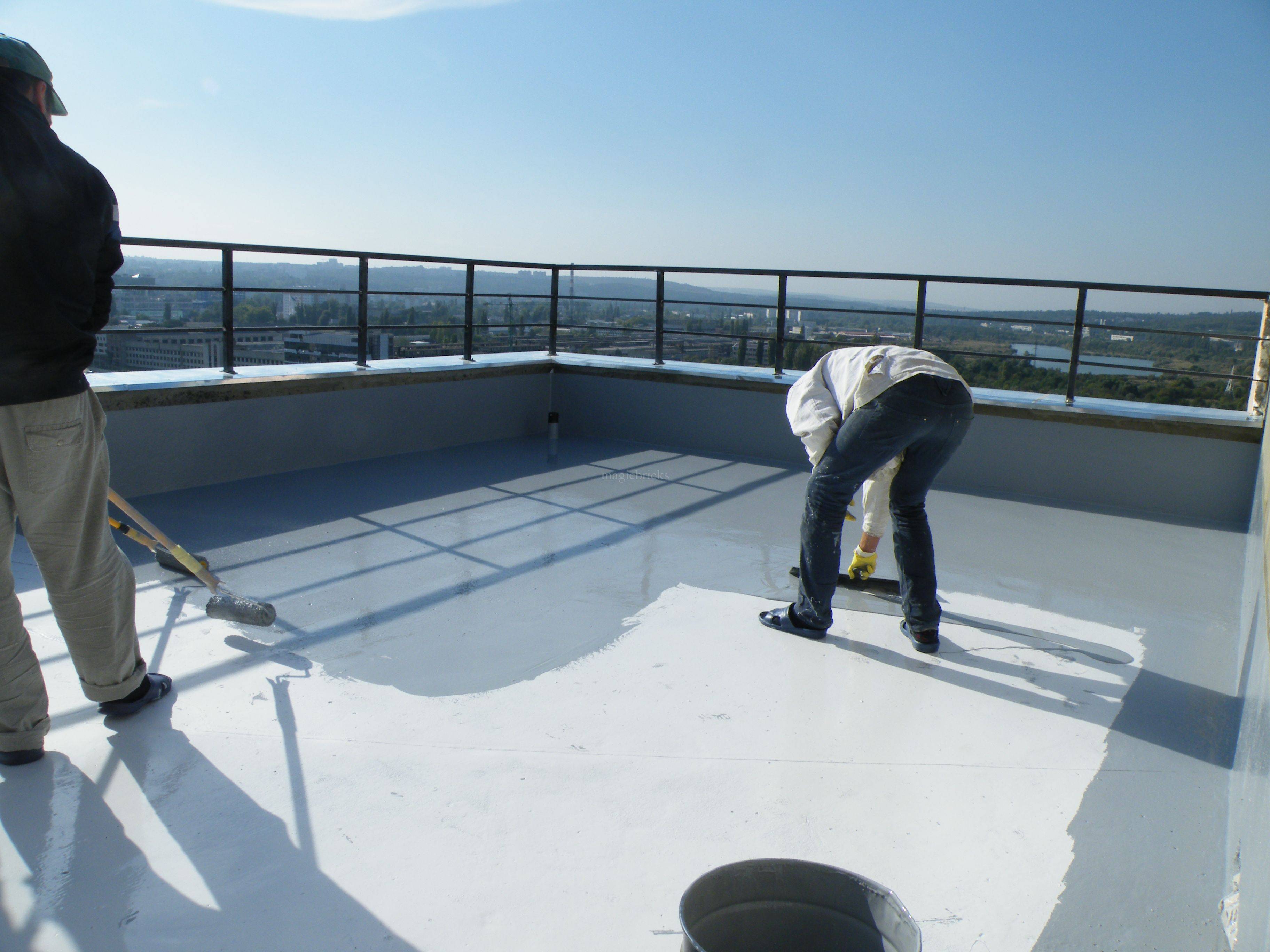Water damage can spell disaster for any house or building, leading to expensive fixes and potential health risks. This makes water resistance an crucial aspect of property care that every homeowner should take seriously. Unfortunately, many people overlook critical elements of waterproofing or fall victim to common misconceptions, which can worsen problems instead of preventing them. Understanding the significance of proper waterproofing techniques is crucial for safeguarding your investment and guaranteeing the well-being of your family.
In this post, we will discuss frequent errors in waterproofing that property owners often make and provide insights on how to avoid them. By highlighting the importance of waterproofing in areas such as basements, roofs, washrooms, and outdoor structures, we aim to equip you with the knowledge needed to safeguard your property from water damage. From understanding when expert help is necessary to dispelling waterproofing myths, we will lead you through what you should to know for effective waterproofing strategies.
Essential Moisture-Proofing Insights
Moisture-proofing is a critical aspect of preserving the integrity of any house or property. Understanding why moisture-proofing is necessary for every construction can spare homeowners and property managers substantial hours and resources by avoiding water-related harm. From foundations to rooftops, efficient moisture-proofing can shield against leaks and moisture infiltration, which, if overlooked, could lead to mold growth, decomposition, and costly maintenance. By spending in quality moisture-proofing options, you can guarantee your home remains a protected and pleasant environment.
One common misconception is that moisture-proofing is only needed in regions prone to intense precipitation. In reality, any structures require some form of moisture-proofing to shield against a variety of water-related problems, including moisture, wet air, and sudden leaks during inclement weather. Moisture-proofing fallacies debunked reveal that simply minor dampness concerns can morph into significant issues if not addressed. Check out here of these threats can prompt forward-thinking measures before it becomes too challenging to act.
Recognizing signs that your property needs waterproofing is crucial in avoiding more widespread damage. Homeowners should be alert to tell-tale signals such as flaking paint, moisture in basements, and stale odors, which may suggest moisture ingress. By spotting these signs early on and knowing how to waterproof your lower level and other susceptible areas effectively, you can guard your investment and preserve your home's equity over time.
Practical Waterproof Strategies
One of the most efficient waterproofing techniques is to guarantee proper drainage around your property. This requires grading the landscape away from the foundation and placing gutters and downspouts that lead rainwater away from the building. Good drainage staves off water from collecting near your base, which can lead to leaks and other water damage. Regular upkeep of these methods is crucial to prevent blockages that can cause water to leak and seep into the building.
Another key approach is to select the right waterproofing materials for your particular requirements. Whether you're evaluating interior or exterior waterproofing, it's important to select premium products designed for the areas you're working in. For instance, basement waterproofing may require the use of specialized membranes and sealants, while roof waterproofing might improve with coatings that resist UV radiation and temperature fluctuations. Researching and picking the right waterproofing materials can greatly impact the longevity and effectiveness of the approach.
Lastly, contemplate hiring professionals who have expertise in waterproofing to ensure a proper approach. While DIY approaches can be tempting, professional evaluations can identify latent issues that may not be apparent. french drain installation can offer tailored recommendations and ensure proper execution of techniques and materials. Allocating resources in professional services can be a smart move to shield your property from costly water damage in the future.
Common Mistakes and Solutions
One of the most frequent errors in waterproofing is neglecting proper surface preparation. Many homeowners rush the process, putting on waterproof layers over dirty or irregular surfaces. This can lead to sticking issues, leading in peeling and inefficient waterproofing. To avoid this, always spend adequate time washing and repairing the surface before applying any products. A clear and smooth surface enhances the efficiency of the waterproofing material.
Another frequent mistake is overrating the abilities of DIY solutions. While there are many efficient waterproofing products available for home use, they often demand particular application techniques to achieve the best results. Homeowners sometimes apply too light a layer or fail to adhere to the manufacturer's instructions. To avoid this pitfall, consider seeking advice from professionals for complex areas like basements or roofs, ensuring the job is done correctly and that you use the right products for your specific needs.
Finally, ignoring indicators of water damage until it becomes severe is a major error. Homeowners often wait too long to tackle visible leaks or moisture problems, leading to costly repairs down the line. Regular inspections and maintenance can help catch potential problems early. Establish a seasonal schedule to inspect for leaks, cracks, and signs of mold to keep your property safe and minimize long-term damage.

